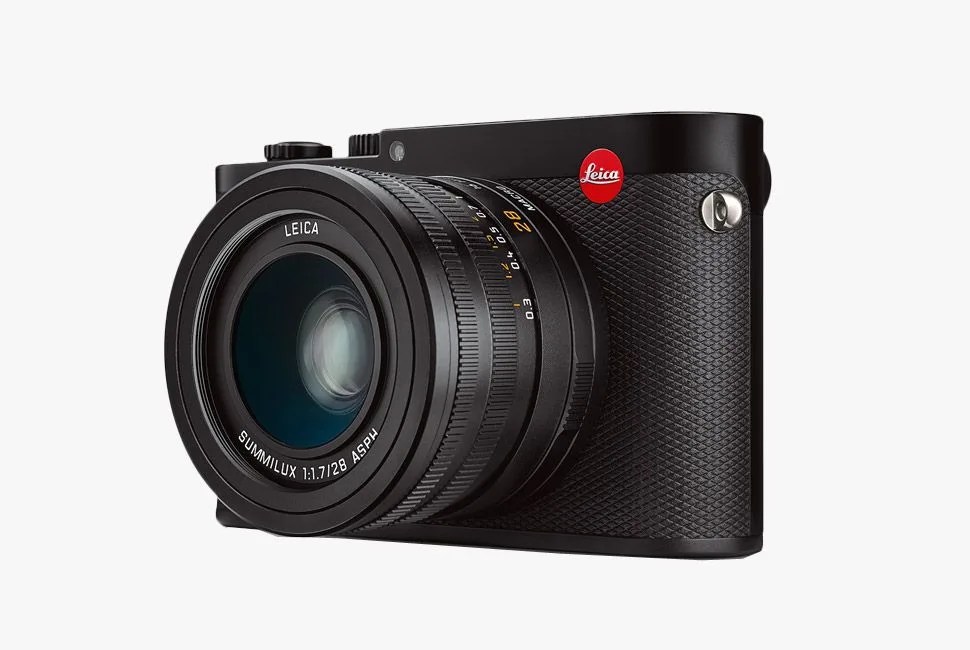Today Leica announced the brand-new Q System ($4,250) — a fixed-lens, full-frame camera that might be the best everyday shooter the century-old German company has ever made.
Leica’s cult-like following among everyone from photojournalists to vacationers stems not only from incredible image quality but in large part from measured growth and subtle evolution, rather than trying to reinvent the wheel with every new edition. Think Porsche 911 instead of BMW M3. Look at Leica’s 1966 flagship M4 rangefinder next to a current-generation M (type 240) and you’ll see the lineage.
But the problem with slow and steady growth in the rapidly changing world of tech becomes readily obvious when you pick up an M rangefinder. Want autofocus? Image stabilization? A viewfinder that shows exactly what you’ll get? Macro photography? Leica’s T-system has that, but it’s not a full-frame camera. Now you can get all those things in one immensely stylish package.
Leica’s new Q system aims to merge the full-frame sensor and unrivaled prime lens design of their M rangefinders with the modern conveniences of their T-system (and every other camera available these days), and the boys from Wetzlar have nailed it.
The fixed-lens camera is slightly smaller than an M rangefinder and its aluminum shell houses a 24-megapixel full-frame sensor, wi-fi connectivity and the highest-resolution electronic viewfinder ever made. Not to be outshined by the body, the 28mm f/1.7 lens is optically stabilized, fast focusing and can get close enough for solid macro photography. Though the 28mm focal length might be a bit wide for some photographers’ tastes the Q will display frame lines for 35mm and 50mm focal lengths in the viewfinder to aid composition on longer shots.

Leica’s blended the best of their rangefinders — great construction and the best optics available — with the most current camera technology, which means a Leica that’s easier to use for a wider range of photographer — but could it possibly be better than the lauded M, or even better than Sony’s RX1r at half the price? If you’re willing to scale the learning curve and shell out another $5,000, the combination of interchangeable lenses and an optical rangefinder of the M is going to be a more rewarding shooting experience. But if you’re like most casual photographers and are looking to shoot quickly and easily and you want to get the absolute best image quality available without taking a Photo 101 class, the Q appears to be as good as it gets.
